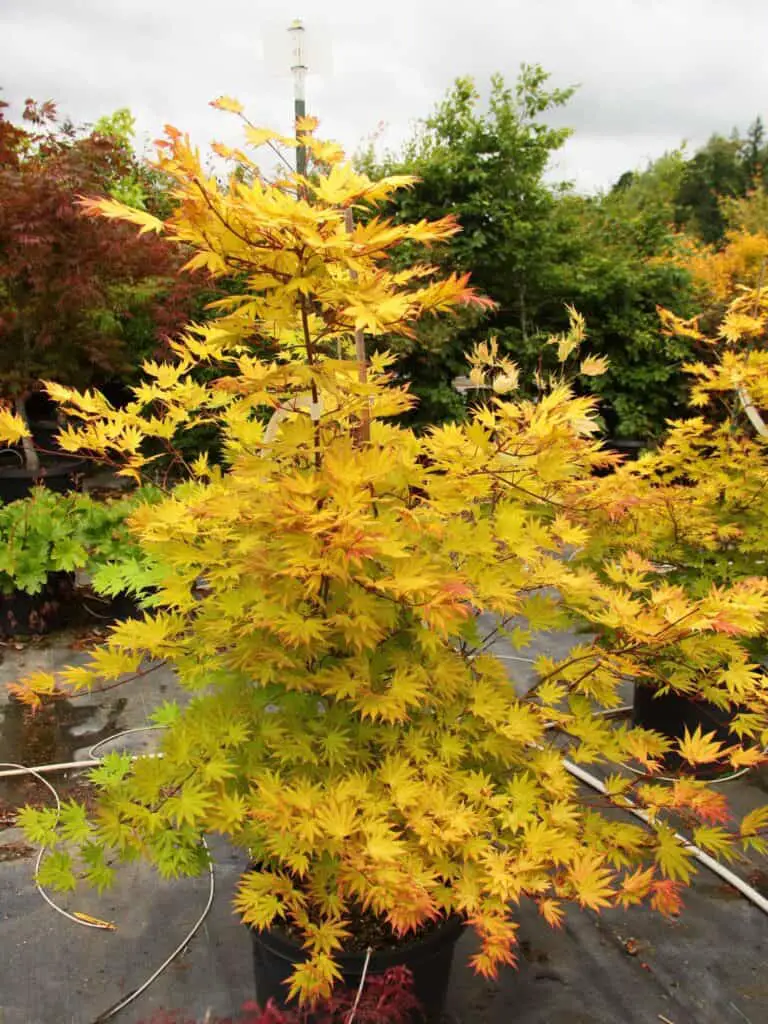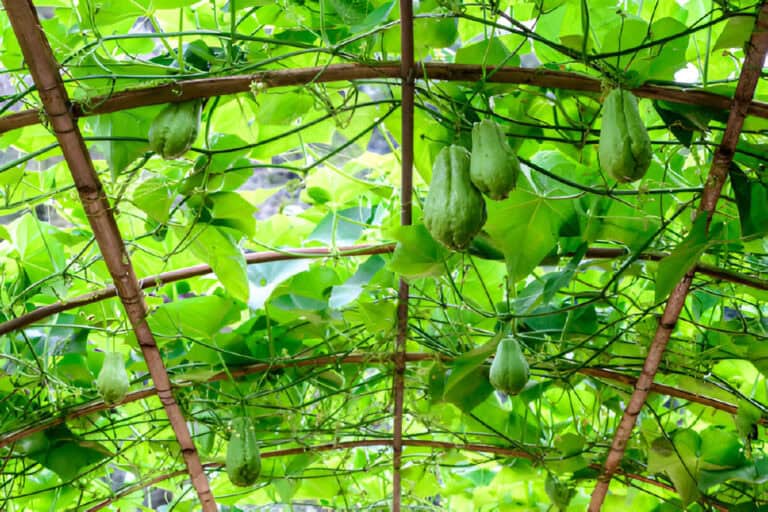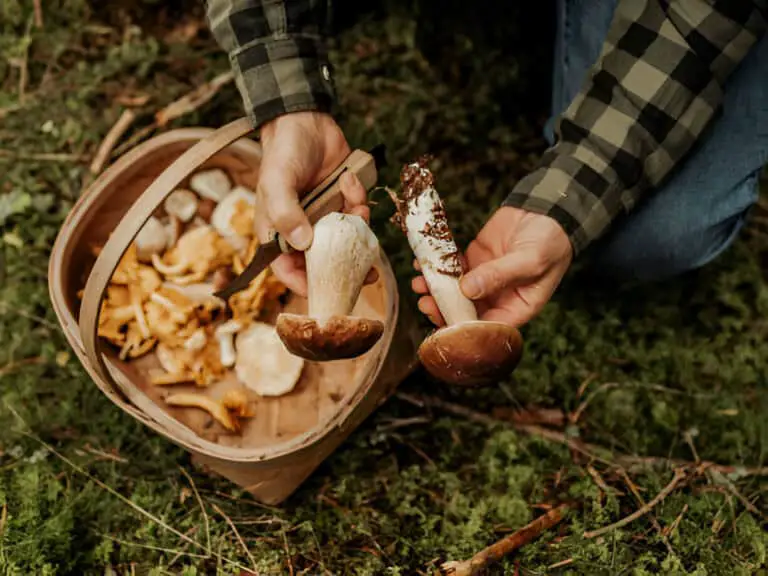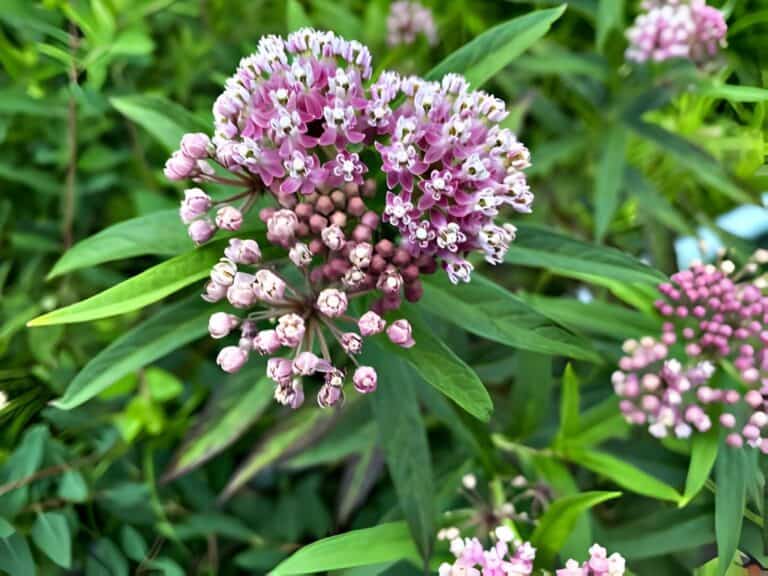Best Plants for Hydroponic Growing: Vegetables, Fruits, and Flowers
Hydroponic gardening has changed how we grow plants. It uses a soil-free method that allows for precise control over nutrients and the environment. If you’re diving into the world of hydroponics, choosing the right plants can make all the difference in your success. The best plants for hydroponics are those that thrive in a controlled environment. They should yield abundantly and be very healthy.
Ever wondered which plants are ideal for hydroponic systems and why? With so many options out there, it can be overwhelming to decide which ones will give you the best results. From leafy greens to fruiting vegetables, the right selection can turn your hydroponic garden into a thriving oasis.
This article will show you the best plants for hydroponics. You’ll learn their benefits and how to optimize your setup for maximum growth. This guide will help you. It suits both hydroponic newbies and those looking to refine their gardens. You’ll make informed choices and grow a lush, successful garden.
Hydroponics are a great system to invest in. However, some plants do better than others in hydroponic gardens. Whether you’re an experienced hydroponics farmer or starting your first garden, we have a list of the best plants for your hydroponic garden. It’s from a few categories.
Best Hydroponic Vegetables
Leafy greens
Leafy greens are one of the best crops out there to grow in a hydroponic garden. They can thrive in almost any setup and are a great choice for beginners due to their hardy nature.
There are many varieties of greens to choose from: lettuce, bok choy, spinach, and kale to name a few. Many leafy greens grow well at room temperature. They need little light. So, they are a good option for starting hydroponic farming. You won’t need to invest much in equipment, like heavy-duty heaters and lamps.
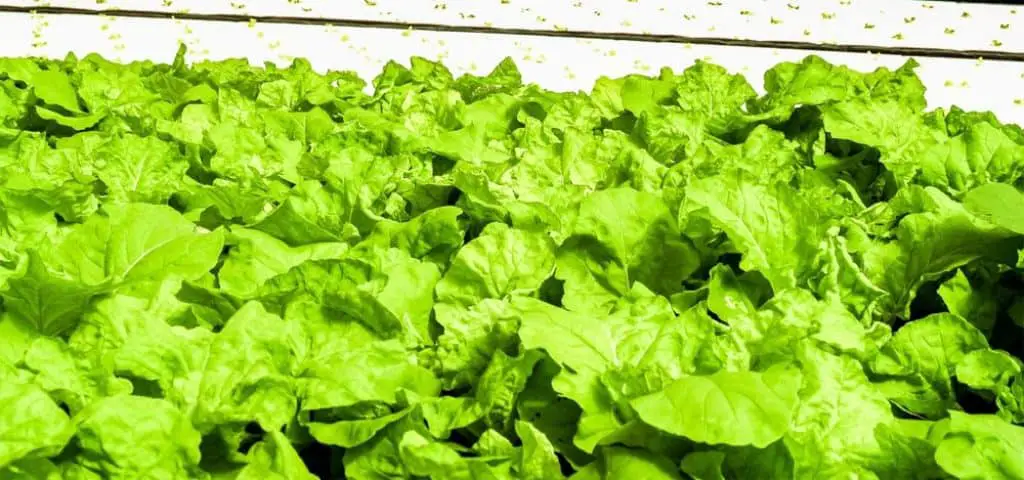
Leafy greens are easy to grow and come in many types. They are also fast-growing. So, you’ll enjoy your garden rewards quickly!
Read: How Much Soil and Dirt Do You Need to Grow Lettuce?
Tomatoes
Tomatoes are another high-yield, low-maintenance plant that thrives in hydroponic systems. They are thirsty, fast-growing plants that are hard to mess up. This makes them a great choice for a hydroponic gardener looking to invest in a sure-to-please crop for the season. Tomatoes prefer more acidic conditions, and because they need a lot of light, you may need to invest in grow lights.
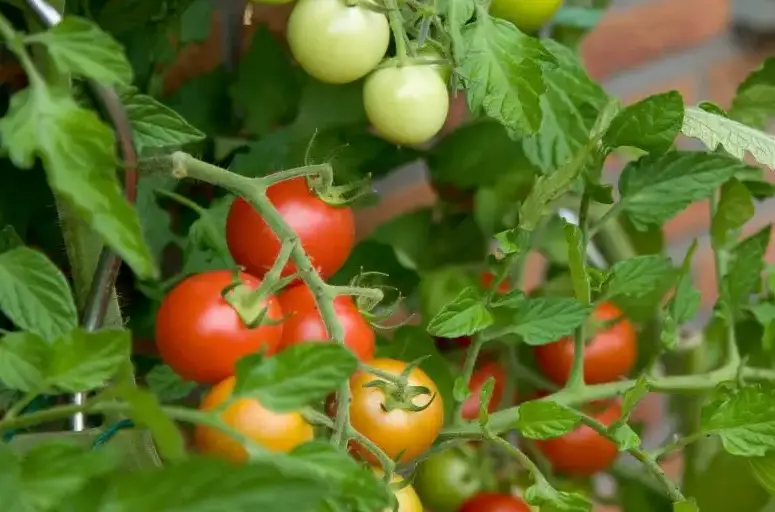
Like leafy greens, there are many tomato varieties. They suit a wide range of dishes. So, you’ll always find a tomato worth your garden space.
Peppers
Peppers take longer to mature than tomatoes or leafy greens. They often need two or three months from start to harvest. But, they offer many options, from bell peppers to jalapeños. You can always use them in your cooking. They need warm conditions and lots of light. So, peppers are best for summer gardening. Unless, you are ready to invest in an indoor garden.
| Also read: How Tall and Big Do Bell Peppers Grow? |
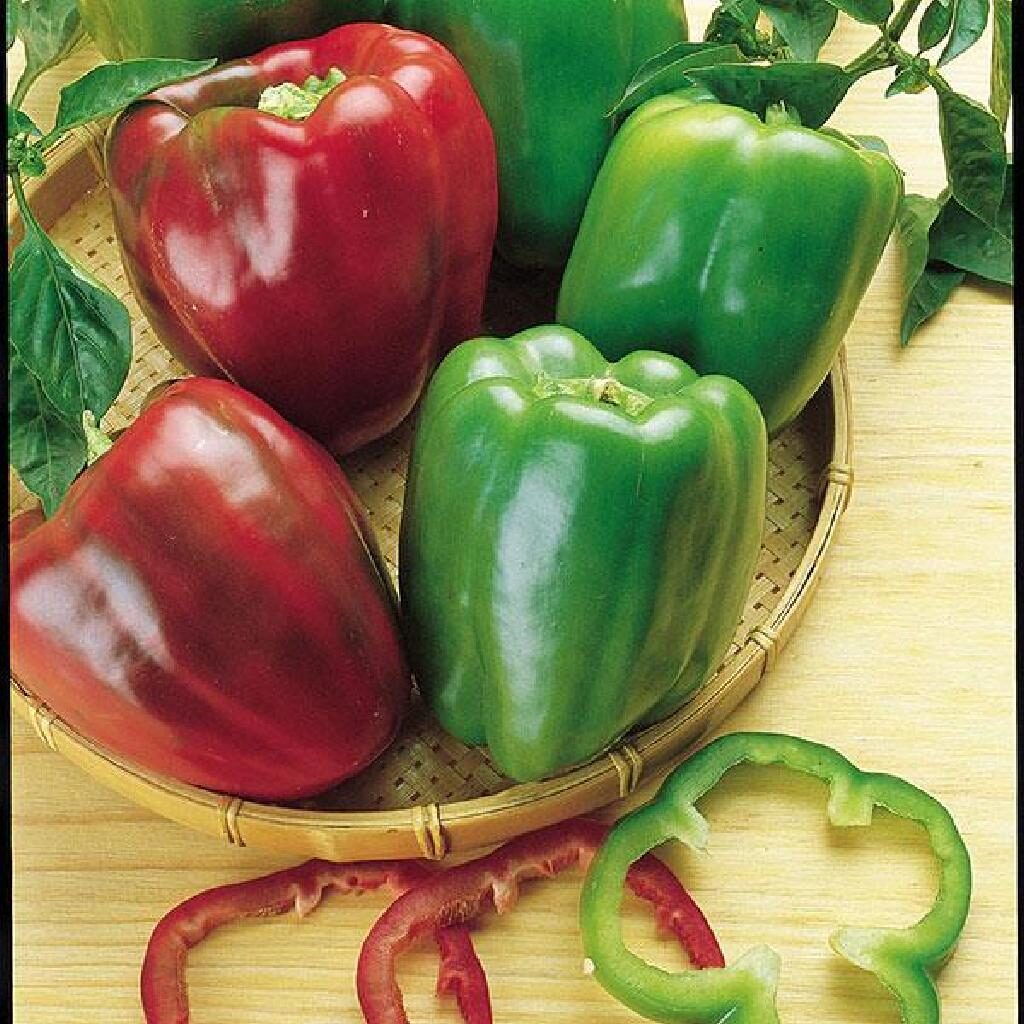
Best Hydroponic Fruits
Strawberries
Strawberries work well in hydroponic systems, because they don’t take up a lot of space and love water. You can save a lot of money. Harvest fresh strawberries year-round from an indoor hydroponic farm. Don’t spend money on off-season imported berries in winter.
Strawberries do well in many hydroponic systems. Some report larger berries from their hydroponic gardens than from elsewhere. At-home farmers often choose strawberries. So, many varieties are available. You can get the exact berry you prefer.
| Also read: How Much Soil Depth and Space to Grow Strawberries? |
Blueberries
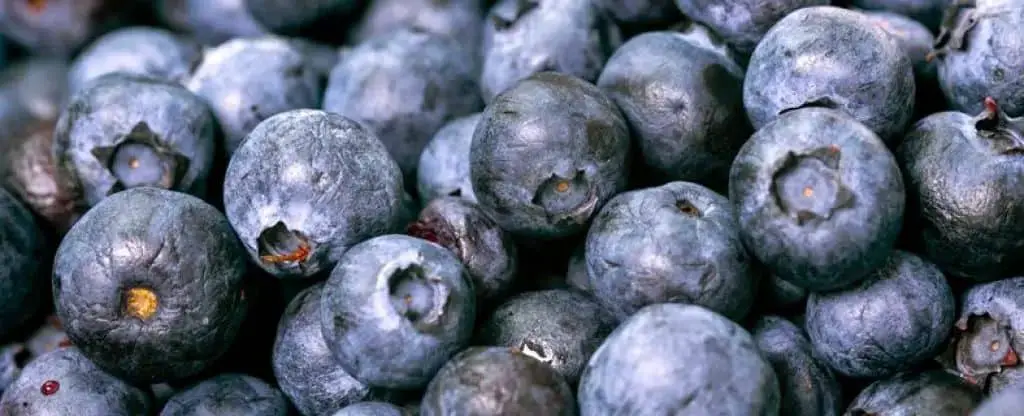
Blueberries are slow to grow. They often take multiple seasons to be productive. But, they do very well in hydroponic systems. They like warm, acidic conditions. If you invest time in blueberry bushes, they will reward you with a delicious, but pricey, crop.
These berries grow on bushes. Their longer growth time makes them best for gardeners who can maintain larger, multi-season farms. Blueberries are probably not the best plant for a beginning farmer, but are a great choice if you’re sure hydroponics is right for you for the long term.
Want to try growing them? Take a look at our post on how to grow hydroponic blueberries.
Grapes
Grapes are a vining plant, which means it is easy to control how the plant takes up space in your garden. In addition to being a family favorite, this is a big part of why grapes have made the list. This crop is among the newer ones in the hydroponics community, but many people have had success growing both table and wine grapes.
This plant is top-heavy. You must adjust your setup to prevent your grow beds from tipping over. Unlike leafy greens or tomatoes, grapes are a great choice if you want to enter a new market.
Best Hydroponic Flowers
Carnations
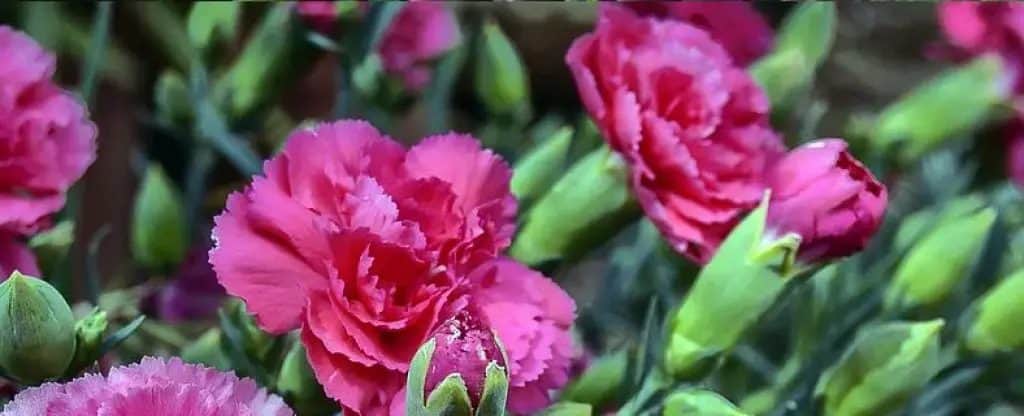
Carnations are a popular and widely-sold flower, especially for design purposes. Many hydroponic farms already produce carnations. So, there is a lot of info to help you succeed if you are new to this type of farming. There are also many types of carnations, so you can choose to grow different colors for each season to sell or to use in your own home to reflect the time of year.
Orchids
Orchids are another popular flowering plant that thrives in hydroponics. One thing many people don’t realize about orchids is that these plants usually grow in soilless conditions in the natural world. They latch on trees or rocks with thick air roots rather than burrow into the ground and absorb water as it passes by during rains.
This means that hydroponics farms mirror their natural conditions quite well and make them well-suited to being a crop for your garden. These plants will need a good amount of air circulation around their roots, since water doesn’t tend to stick around the roots in the wild, but that is easy to obtain with the proper setup.
Hydroponics farms mimic their natural conditions. So, they are ideal for your garden. These plants need good air circulation around their roots. In the wild, water doesn’t tend to stay there. But, a proper setup can achieve that.
Zinnias

Zinnias are bred in smaller, more compact varieties and can thrive well in room temperatures and lower light conditions. This makes them a rather hardy plant that a new grower can use to ease themselves into the hydroponics world.
They prefer brighter, warmer conditions. With pruning, they will grow bushier. However, they will still grow well in lower-maintenance conditions. They are a type of daisy that is easily recognized and often sold throughout the U.S.
FAQ
What is the most profitable hydroponic crop you can grow?
Among the most profitable hydroponic crops you can grow are herbs. Herbs fetch high prices at markets and are used by nearly everyone in every dish. Some of the most popular and profitable herbs include basil, cilantro, and dill. One of the problems you may find, however, is that it can be hard to break into the market if your main crops are herbs.
Leafy greens—particularly lettuce—have a huge market you can tap into, and with their fast and easy growing, it doesn’t take a lot of overhead to get going. Because of this, it can be highly profitable to begin with leafy greens. You can always move into different crops after you have a sustainable business rolling.
What Plants Can’t Be Grown Hydroponically?
Most plants can theoretically be grown in one hydroponic method or another. The difference between “good” and “bad” hydroponic crops is in the success of using hydroponics to grow them.
Large, deep rooting plants, such as potatoes, melons, and squash tend to be poor choices for a hydroponic garden. If you know what you’re doing and are prepared, we’ve written a post on the right way to grow hydroponic potatoes.
They need a lot of space. Your setup is all manufactured. You’re putting more resources into one plant. You could choose more compact plants to maximize your investment in the setup. When it comes to these types of plants, soil farming tends to work the best.
Plants that dislike a lot of water also tend to be plants you’ll want to stay away from when choosing your crops. Among these are cacti and succulents, which thrive in dryer conditions.
Are Hydroponic Plants Healthy?
Your hydroponic harvest depends on the growing conditions you maintain. If you use poor quality food and don’t keep up with the routine upkeep, your plants will be starved of nutrients and will return lower quality crops.
In hydroponics, you can’t rely on backup nutrients in the soil like in traditional farming. If you mess up, you’ll only get a harvest equal to your investment in caring for your plants. With high quality care, you will be rewarded with healthy plants and a nutrient-rich crop that is good for you and tastes great.
Is Hydroponics the Future?
Many people believe that hydroponics will play a huge role in the future of sustainable agriculture. To feed the growing global population nutritious food, we need innovation. Hydroponics is a potential solution. It uses urban areas and other places where plants can’t grow.
This allows everyone to access a wide variety of foods, even if those crops are usually grown in very different climates.
All in all, if you have a plant, you will likely be able to find a way to make it grow in a hydroponic garden. Some plants, as we’ve seen, are definitely more well-suited to the hydroponic environment than others. From here, just decide on which crops are right for you, and get building to make your dream garden a reality.


